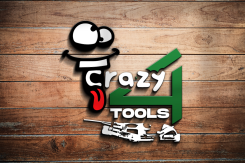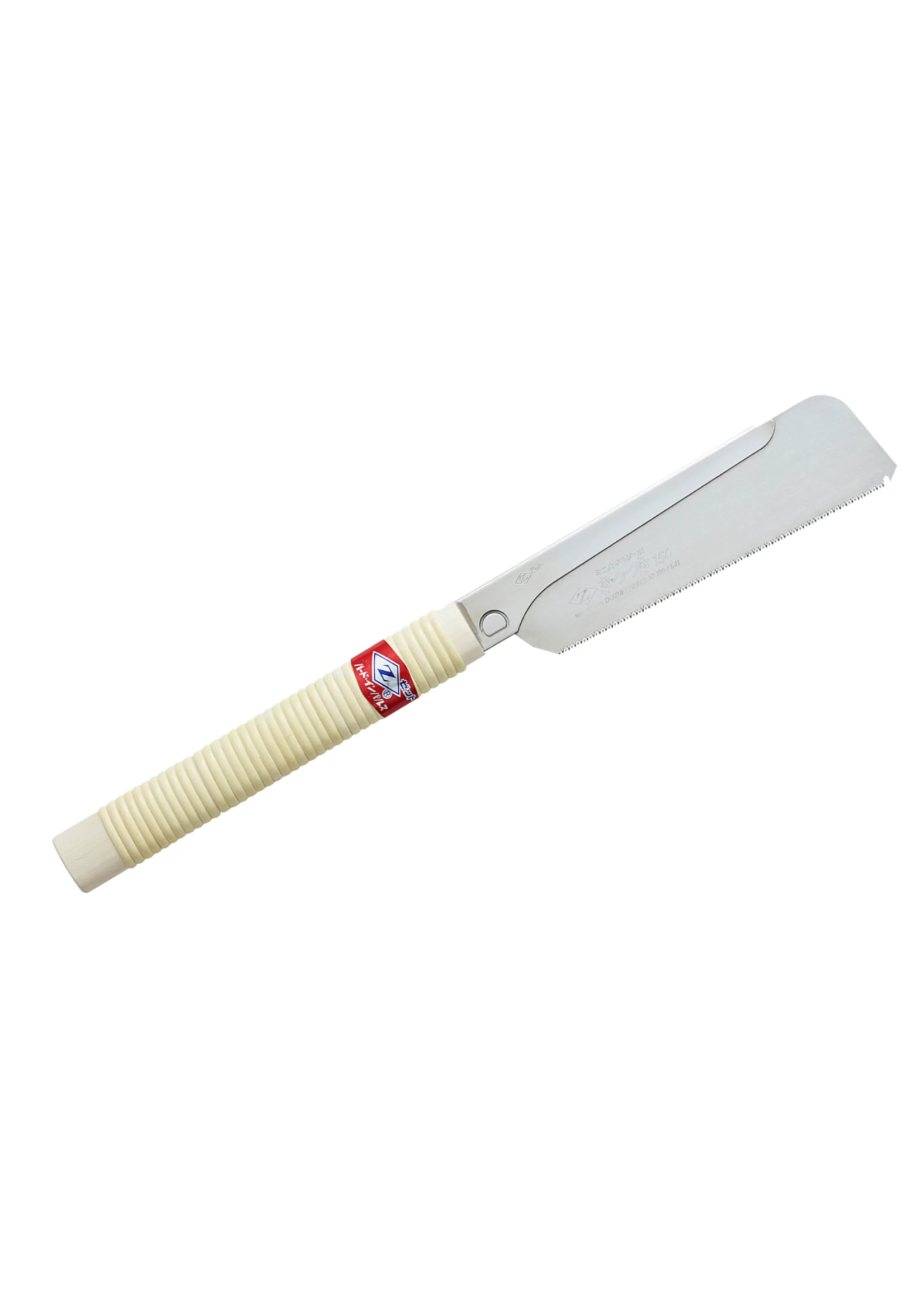GET ALL YOUR WOODWORKING TOOLS HERE! Located at 1308 Continental Drive Suite H Abingdon MD 21009
- Home
- Grex
- Mirka
- Fein
- Kreg
-
Freud/Diablo
- All Freud/Diablo
- PLANER-&-JOINER-KNIVES
- INDUSTRIAL-CARBIDE-SAW-BLADES
- INDUSTRIAL-CARBIDE-ROUTER-BITS
- DIABLO - JIGSAW BLADES
- DIABLO - OMT - OSILATING MULTI TOOL BLADES
- PRECISION-SHEAR-FORSTNER-BITS
- INDUSTRIAL-CARBIDE-ROUTER-BIT-SETS
- CARBIDE-FORSTNER-BITS
- DIABLO - OMT - COATED
- DIABLO - SCREW DRIVING - INSERT BITS
- DIABLO - SCREW DRIVING - SETS
- DIABLO - SOCKET ADAPTER
- DIABLO - NUTSETTER
- DIABLO-CONTRACTOR-PORTABLE-SAW-BLADES-(COATED)
- PREMIER-FUSION-SERIES-CARBIDE-SAW-BLADES
- DADOES-
- ROUTER-BIT-BEARINGS,-ARBORS,-AND-ACCESSORIES
- Seneca
- Makita
- Triton
- Allway
- Saw Stop
- TSO
- Jet
- Shaper Origin
- Bona
- Fast Cap
-
Festool
- All Festool
-
Cordless Products
- All Cordless Products
- Cordless Extractor
- Cordless Percussion Drills
- Cordless Drills
- Cordless Track Saw
- Cordless Impact Drill
- Cordless Oscillator
- Cordless Angle Grinder
- Cordless Portable Track Saws
- Cordless Jigsaws
- Cordless Sander
- Cordless Hammer Drills
- Cordless Drywall Screwdrivers
- Working Lights
- Jobsite Radio
- Cordless Compound Miter Saw
- Dust Extraction
- Sawing
- Semi Stationary Work
- Oscillators
- Routing
- DOMINO joining system
- Planing
- Surface preparation
- Drywall Sander
- Polishing
- Cutting
- Stirring
- Edge banding
- Guide Systems
- Systainer, SORTAINER and Systainer- Port
- Workplace organization
- Illuminating
-
Accessories and consumable materials
- All Accessories and consumable materials
- Cordless Products
- Dust extraction
- Sawing
- Semi - stationary work
- Oscillators
- Routing
- DOMINO joining system
- Planing
- Surface preparation
- Drywall sander
- Polishing
- Stirring
- Edge Banding
- Guide systems
- Systainer, SORTAINER and Systainer-Port
- Workplace organization
- Illuminating
- Limited Edition
- Discontinued
- NEW Items!
- CMT
- Powermatic
- Narex
- Joseph Marples
- Thomas Flinn
- Shinwa
- Zetsaw
- RZ Masks
- Squares
- Hose Clamps
- 3M
- Timber Wolf Band Saw Blades
- DISCONTINUED
- Tool Blogs

